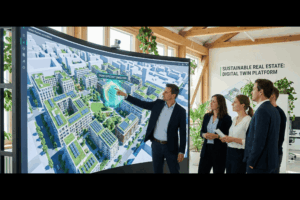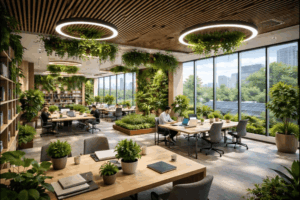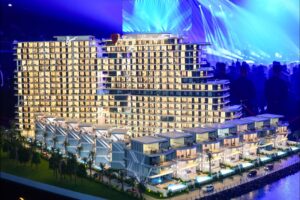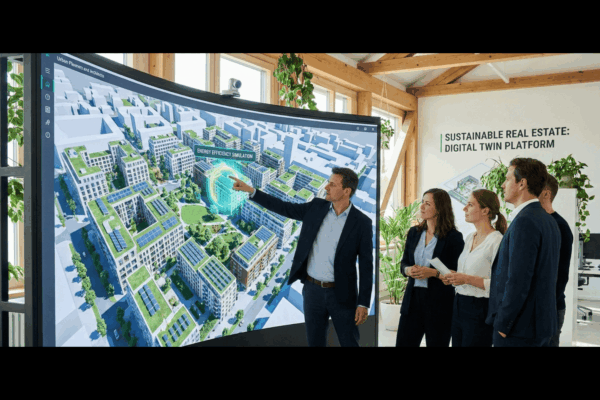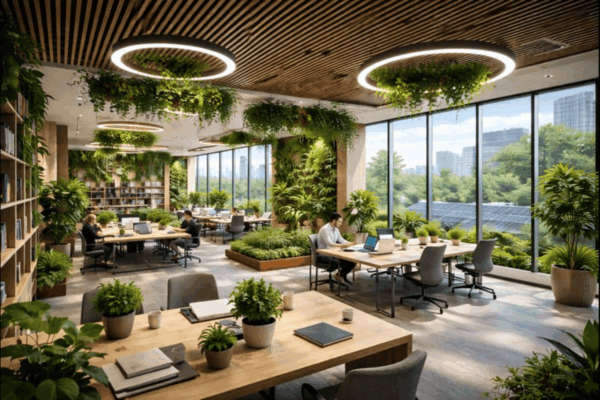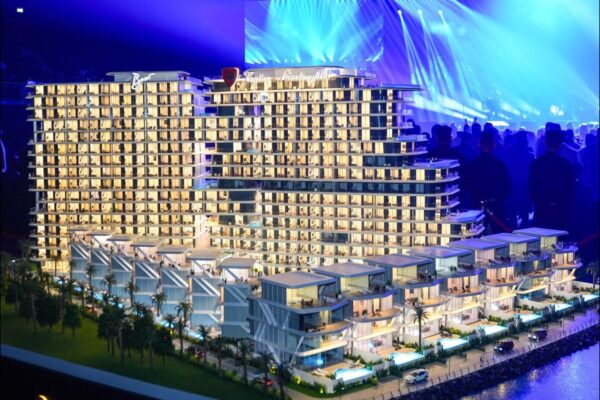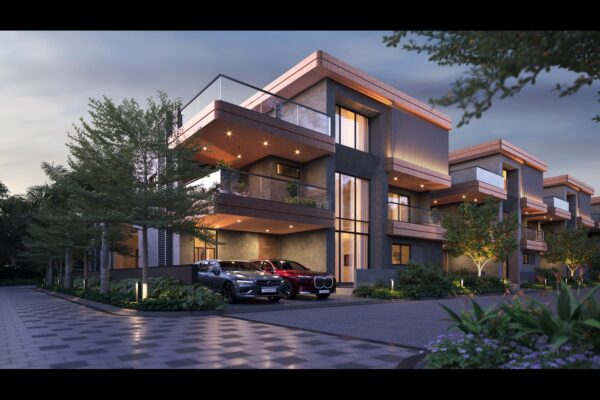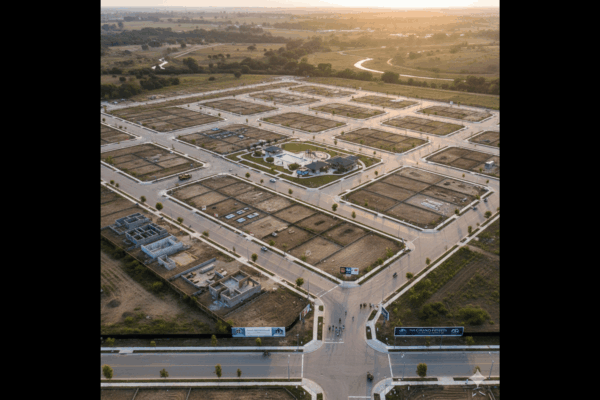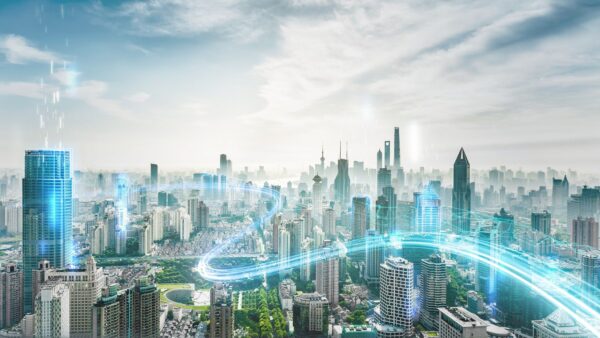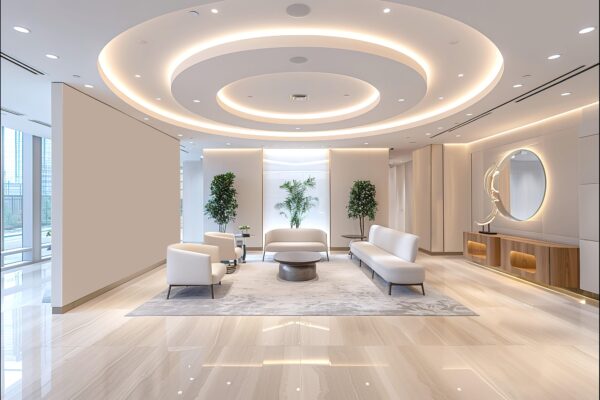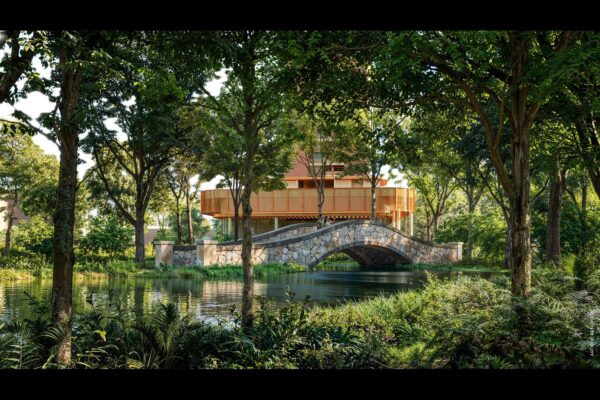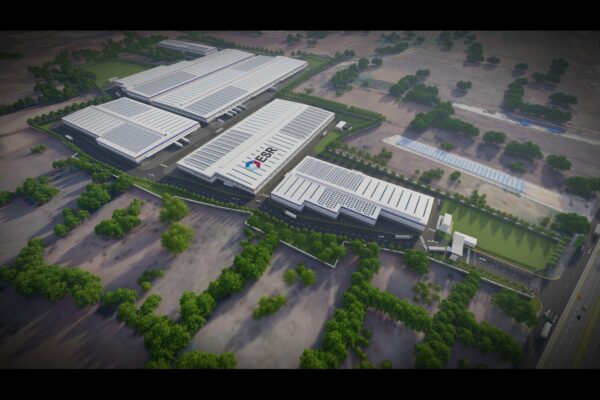Why every developer must think Green before it’s too late
by Manju Yagnik, Vice Chairperson, Nahar Group and Senior VP, NAREDCO, Maharashtra
As Indian cities expand to meet rising demand for homes and infrastructure, another challenge is growing just as rapidly as air quality degradation. Once considered an issue reserved for industrial belts or landlocked regions, urban pollution is now creeping into the very heart of residential hubs. In metros like Mumbai constant construction, heavy traffic and less open space are making the impact more visible. Residents are beginning to feel the effects not just seasonally, but on a near-daily basis through irritated eyes, persistent coughs, and uncomfortably hazy mornings.
Mumbai’s air quality crisis
Mumbai’s urban air quality remains a serious concern. A national report released in July 2025 noted that while the city’s average PM2.5 levels may stay below the national standard, several hotspots such as Deonar, Sion, Kandivali East, and BKC continue to record dangerously high readings well above safe limits. This contrast between city-wide averages and local spikes highlights a more nuanced issue: localized pollution surges pose serious health risks, even when broader metrics appear acceptable. Construction activities, vehicular emissions, and dust accumulation are significant contributors to these fluctuations.
Green spaces: More than just aesthetic appeal
Within this environmental backdrop, the importance of green spaces becomes far more than a lifestyle preference; it becomes a public health imperative. In the absence of enough trees, gardens, and natural buffers, cities are left exposed to heat, pollution, and declining livability. Urban greenery not only filters air but also cools microclimates, lowers stress, and enhances daily quality of life. Fortunately, Mumbai is not without examples of how integrated green infrastructure can mitigate the harsh effects of rapid urbanisation.
Chandivali township: A case study in thoughtful urban planning
Chandivali has become a peaceful green pocket in the middle of Mumbai’s busy and crowded landscape. Unlike many other parts of the city, this area is carefully planned with large gardens, tree-lined roads, and open spaces that focus on both beauty and better air. With central parks, walking paths under tall trees, and thick greenery, the environment feels cooler and fresher. While nearby areas struggle with dust, traffic, and ongoing metro work, Chandivali’s green surroundings help reduce pollution and create a healthier place to live. It’s a great example of how adding more nature into city planning can improve everyday life.
The value of green-first development
This green-first approach isn’t just about cleaner air, it fundamentally enhances urban living. Residents benefit from better mental well-being, increased opportunities for outdoor activity, and a greater sense of community. Additionally, real estate that prioritizes mature landscaping and green features consistently commands higher value and performs better during economic downturns. In an age where homebuyers are more health-conscious and regulations around environmental impact are growing stricter, integrating greenery into the urban fabric is not a luxury, it is a strategic necessity.
Designing with intent: Going beyond token greenery
Achieving green integration requires more than simply planting a few trees or adding decorative lawns. Effective green infrastructure must be planned from the outset, with the intent to build connected ecosystems, continuous green corridors, shaded walkways, and multi-layered plantings that perform different ecological functions. Community engagement plays a critical role in ensuring long-term success. When residents understand the benefits such as how certain plants can capture fine dust or buffer traffic noise they become active participants in environmental upkeep, supporting maintenance and discouraging misuse of shared green spaces.
A coastal city losing its natural edge
Mumbai’s coastal geography once provided it with a natural advantage in dispersing air pollutants. However, unchecked construction, rising vehicle numbers, and diminishing green cover have chipped away at that edge. Even with modest improvements in overall AQI, many localities within the city still frequently breach safe pollution levels.
The way forward: Embedding green at the core
While low-cost air filtering technologies and environmental regulations have their place, the most immediate and scalable solution lies in green-first development. Dense, well-distributed foliage is proven to trap particulate matter, reduce urban heat islands, and improve day-to-day livability. For developers, this means incorporating tree-lined boulevards, linking green corridors with pedestrian-friendly zones, and embedding parks and gardens into the layout of every residential or commercial plan not after everything else, but from the very beginning.
Green-first planning isn’t just a trend or a nice-to-have, it’s a non-negotiable. As Mumbai continues to grow and evolve, the responsibility of building healthy, breathable, and future-ready cities falls squarely on those shaping its skyline. The solution is clear: treat green spaces not as decoration, but as infrastructure, just as vital as roads, power, or water. The longer cities delay this mindset shift, the more the cost will be paid in public health and urban decline. The time to think green is not tomorrow it’s right now.
Today, building with a green mindset is no longer an option; it must be a responsibility for every developer. Projects designed with nature in mind offer more than just homes; they provide a better quality of life for residents. With rising concerns about air quality and lifestyle-related health issues, homebuyers are increasingly drawn to spaces that support their well-being. Green spaces, cleaner air, and a closer connection to nature help people lead healthier lives while offering a much-needed escape from the city’s pollution and stress.
This shift in preference has created a strong demand for eco-friendly living. Buyers now seek homes that offer a balanced lifestyle where comfort, convenience, and care for the environment go hand in hand. Developers who embrace this new way of urban living not only stay ahead of the curve but also contribute to building cities that are liveable, healthy, and future-ready.
Tags


